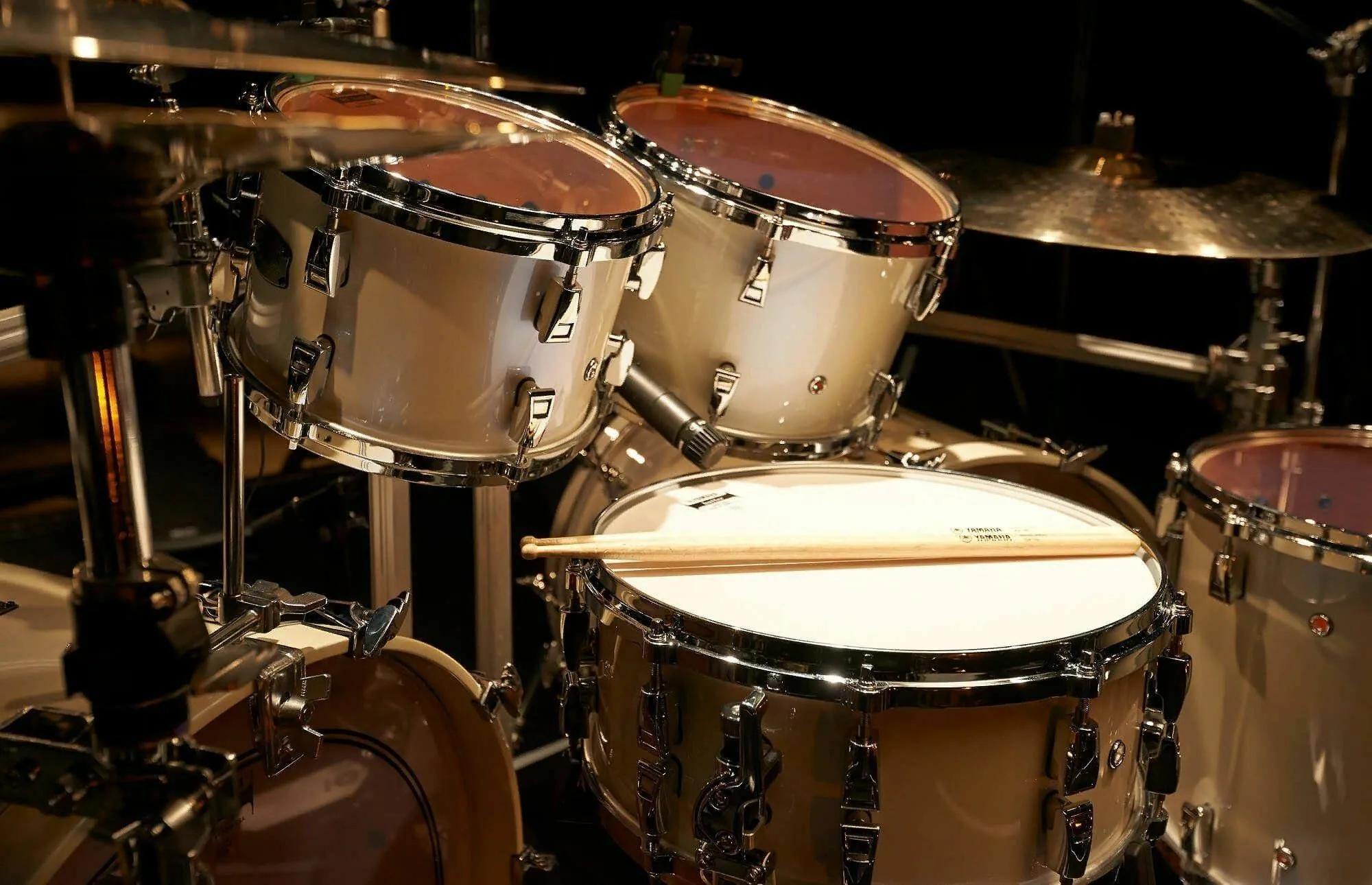From the first heartbeat heard in the womb to the communal rhythms of festivals and ceremonies, percussion has always been humanity’s most primal connection to sound. Across continents and cultures, drums and percussive instruments have provided more than just music—they have carried stories, rituals, and identities. Rhythm is the heartbeat of humanity, and in exploring the traditions of Africa, Asia, and Latin America, we discover that percussion is not only a universal language but also a bridge across time and borders.
Africa: The Ancestral Drumbeat
Africa is often called the birthplace of rhythm. Percussion here is not simply entertainment but a sacred language. The djembe of West Africa, carved from a single piece of hardwood and topped with goatskin, is said to carry three voices—bass, tone, and slap—that together mimic the human voice. In villages, the drum calls people to gather, communicates messages across distances, and unites communities in ceremonies of birth, marriage, and harvest.
In Ghana, the talking drum echoes the tonal patterns of local languages, allowing drummers to “speak” messages that the community can understand. Meanwhile, in Central and Southern Africa, polyrhythms—where multiple rhythms interlock—form the backbone of dance traditions and spiritual ceremonies. To play is to converse, to listen, and to connect deeply with ancestors and the earth.
Asia: The Spiritual and Ceremonial Pulse
In Asia, percussion often embodies the intersection of ritual, spirituality, and cultural expression. In Japan, the thunderous taiko drums are not merely instruments but physical extensions of energy and discipline. Rooted in Shinto rituals and Buddhist ceremonies, taiko has evolved into powerful ensemble performances where drummers synchronize body, breath, and sound in awe-inspiring displays.
In India, rhythm forms the skeleton of classical music traditions. Instruments like the tabla, with its intricate hand patterns, and the mridangam, central to Carnatic music, showcase rhythm as a refined art form. Each beat, or bol , carries both mathematical precision and emotional weight. Indian percussion is not just accompaniment—it is a language of devotion, storytelling, and improvisation.
Across Southeast Asia, ensembles such as the gamelan of Indonesia feature metallophones, gongs, and drums that create shimmering, cyclical rhythms. These are not soloistic displays but communal expressions of harmony, where each player contributes a vital layer to the greater sonic tapestry.
Latin America: Fusion of Cultures and Celebrations
In Latin America, percussion tells a story of cultural convergence—of Indigenous roots, African heritage, and European influences blending into vibrant traditions. The beating of drums is inseparable from dance, carnival, and identity.
The conga and bongos of Cuba bring Afro-Cuban rhythms like rumba and son to life, while the syncopated pulse of the clave underpins entire genres from salsa to mambo. In Brazil, the surdo, tamborim, and pandeiro fuel samba, a rhythm of celebration that explodes in parades and street festivals. These rhythms are not confined to performance; they are lived experiences of joy, resistance, and unity.
Even in the Andean highlands, Indigenous percussion such as the bombo legüero accompanies flutes and string instruments, grounding music in the rhythms of the land. Latin American percussion reflects a mosaic of history, migration, and resilience, echoing both struggle and celebration.
The Universal Language of Rhythm
Though the instruments differ in shape, material, and technique, what unites these traditions is the shared human impulse to beat, to pulse, to find order and emotion in sound. Percussion is democratic—it requires no translation, no melody to be understood. It is felt in the body, connecting listeners and players alike to a rhythm that is both ancient and ever-present.
From the African village to the Asian temple and the Latin American street parade, percussion reveals that rhythm is more than music—it is a universal heartbeat. To listen to these traditions is to hear humanity speaking through drums, echoing across generations and continents, reminding us that beneath our differences, we are all bound by the same pulse.
